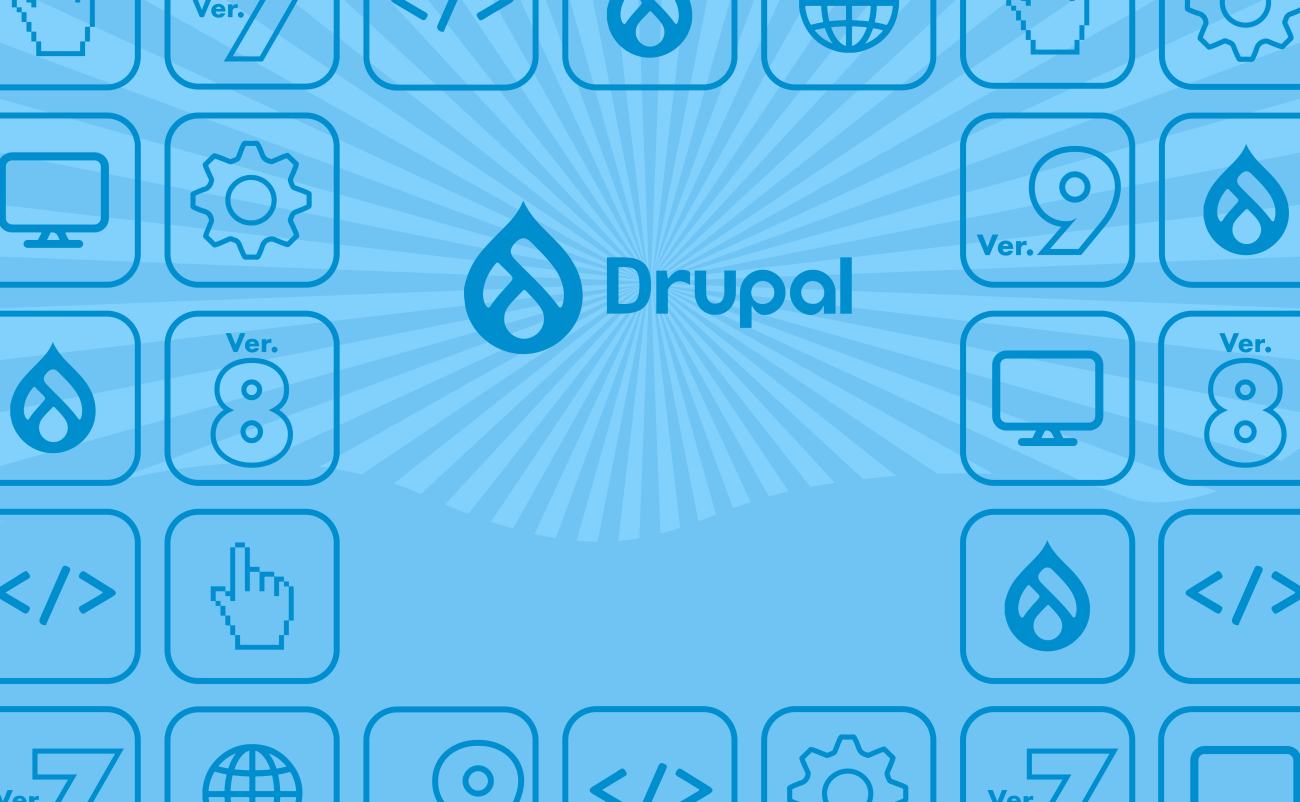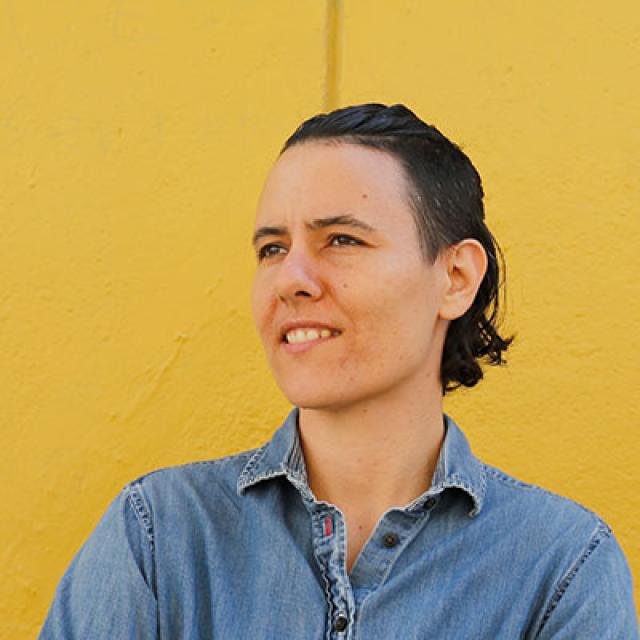Welcome to Drupal, Part 1

Share
Hi there. Maybe you’re like me, and you prefer to see the forest before getting into the trees. Some of the stuff you’re reading online about Drupal probably gets a little too nitty gritty and detailed, so I'll provide a broad overview of what this thing called Drupal is, and why it’s so neat.
What is this Droo-pal thing?
Most people refer to Drupal as a content management system (CMS), because you can create blog posts and have users and manage pages and content. We at Kalamuna internally refer to Drupal as a "content management framework," because much of its potential is that it can be plugged into many other platforms and systems. Whatever you want to call it, lots of big companies, universities, nonprofits and even the White House are using Drupal for their website, and they may or may not be plugging other cool things into it.
Let's back up a bit and talk about the people behind Drupal...
Some History
Drupal started out as a message board system created 12 or so years ago by this European gentleman named Dries Buytaert. Dries also started a big Drupal company called Acquia. Now they don't really build sites, but they do provide hosting, consultation and sales for affiliated webshops. They have acquired a lot of Drupal talent - so they are a driving force in Drupal’s direction in terms of new features with new releases.
Dries owns the Drupal trademark but the Drupal code is open source, meaning anyone can look at the code and customize it and do whatever they want with it. Drupal has been enhanced by a very passionate and active community because of this, and a significant group that promotes major Drupal events (called Drupalcons) is the Drupal Association. Much of the Drupal community can be found at Drupal.org, where users post issues and projects (modules and themes) and even some job postings. Millions of people are using this site, usually through Google searches, to find answers to questions.
Don’t get me wrong, Drupal is not all top down! There are hundreds and hundreds of local, grassroots Drupal groups and events. Take for instance the Bay Area Drupal Camp (BADCamp), which is a sponsored-funded, volunteer-organized event that provides free sessions and trainings from prominent Drupal members and contributors to over a thousand attendees each year.
OK, here's where you come in...
Introducing the Site Builder
So like I said, Drupal started out as a message board system which was difficult to use for most people, but over time with new releases (Drupal 4, 5, 6, and now 7) the power of what we call site builders grew tremendously. People with coding skills would code and contribute modules (which hook into Drupal Core during certain backend processes) that make accessible functionality for site builders to use on a website. So while Drupal out of the box might not have a specific feature that you need, an “official” community-approved module that you can download at Drupal.org most likely provides the functionality to do what you need and the interface for you and other site builders to make it happen.
Sounds great, doesn’t it! But wait, there’s a catch...
Climbing the Learning Curve
You really have to know your way around Drupal to get what you want to happen. Because it's open source, there are little quirks that aren't totally ironed out. There are inefficiencies and it’s not always intuitive where to go to make changes in the CMS. Google is great when you’re first getting your bearings straight. Just tag “Drupal” to your question and it will probably appear. Learning Drupal takes patience, especially at the coder level. At the site builder level can be a little frustrating sometimes, but it’s not so bad; the rewards are great once you know which levers to pull.
So let's talk about how to get started...
The first site I built on my own for a “real project” (AKA when people pay you to do it) was about a year and a half ago. With a little help from local groups, I was able to put together a full website with some fairly complex features. And I didn't even have to read a big intimidating book or anything; I was superficially familiar with Drupal, figured things out on my own using Google, and met friendly people from the local Drupal groups who gave me solid tips. For a few months, I watched most of these site building videos by Chris Shattuck, which were very helpful. For this project, I was the project manager and site builder, and I paid other people to design and theme it. Theming (applying designs to the markup [called HTML]) is difficult in Drupal right now, but because of coming advances to the theme layer hopefully it’ll get much easier with Drupal 8.
...And Enjoying the Drupal Summit
If you’re entering Drupal at the time of this post, my advice would be to get good at Drupal 7 site building, which is much easier than site building in Drupal 6, and is much easier now that Drupal 7 has matured. By “matured” I mean that it's been out long enough for the community to "port" (reconfigure) old modules from version D6 to D7, and make other advances to this latest version. If you can become a savvy site builder in D7, dominating the new frontier of Drupal in D8 will be much easier.
OK, that’s enough talking for now. Be on the lookout for Part 2, which will take us a little closer to the forest --- coming soon!






